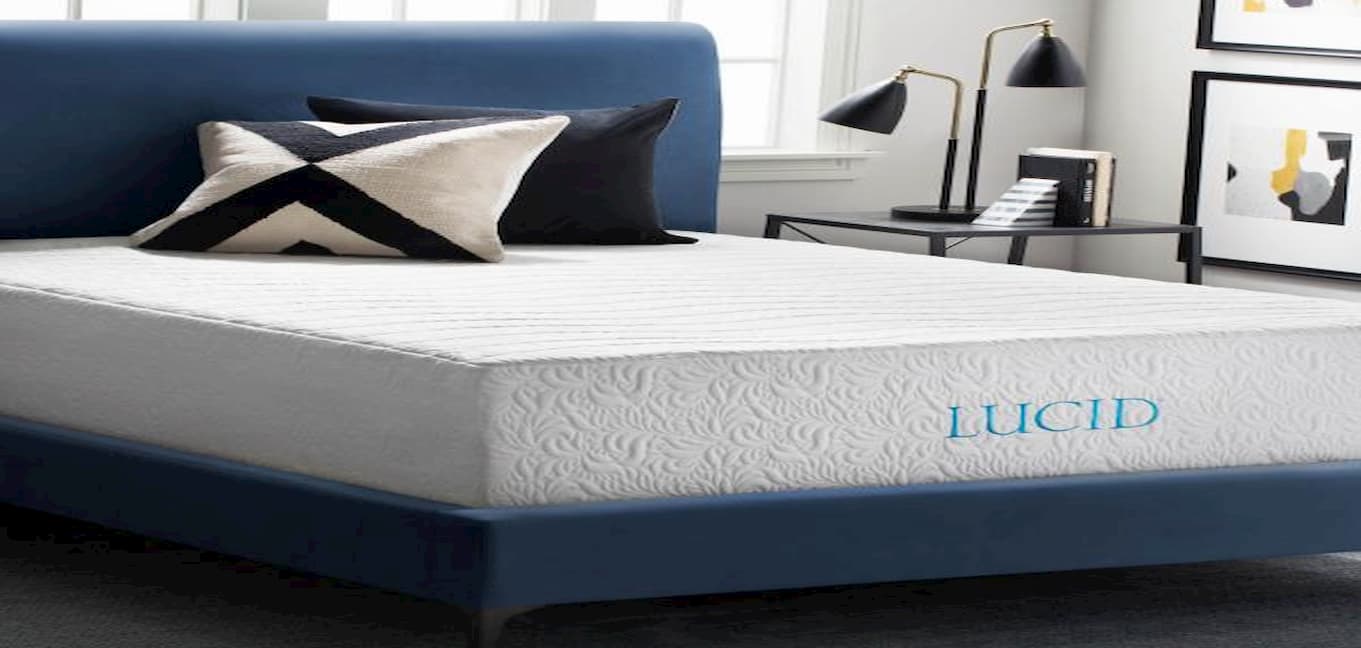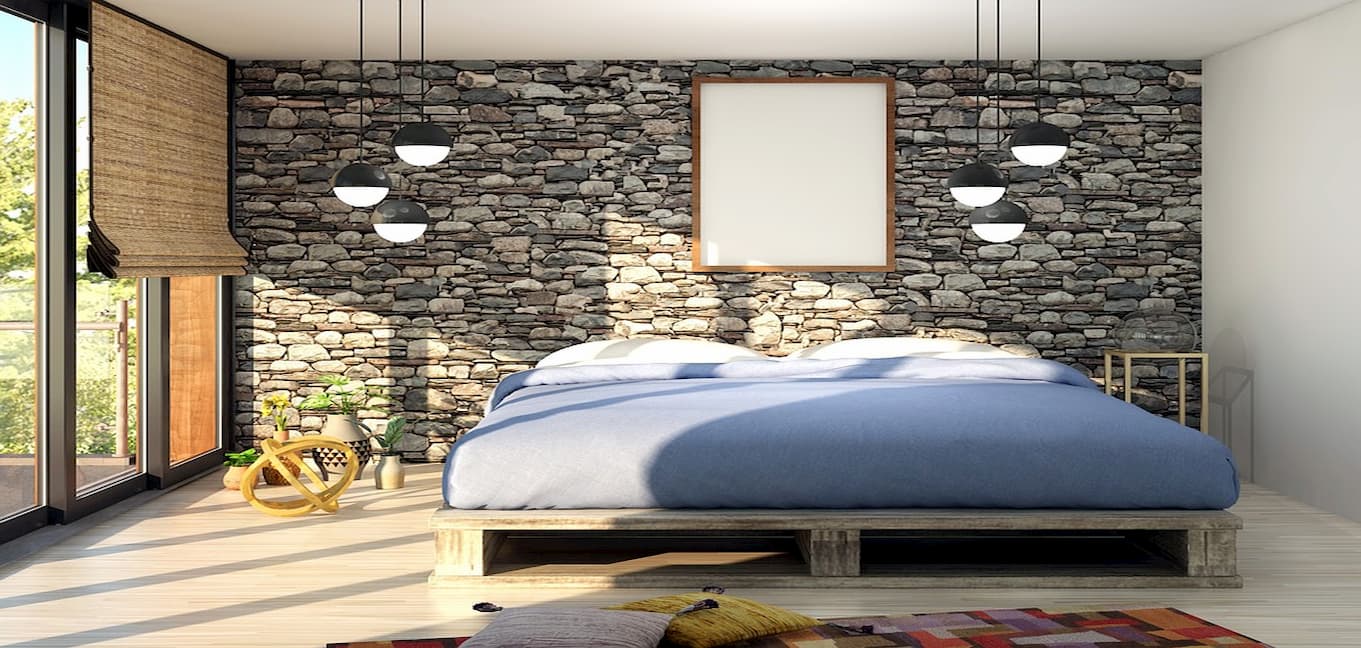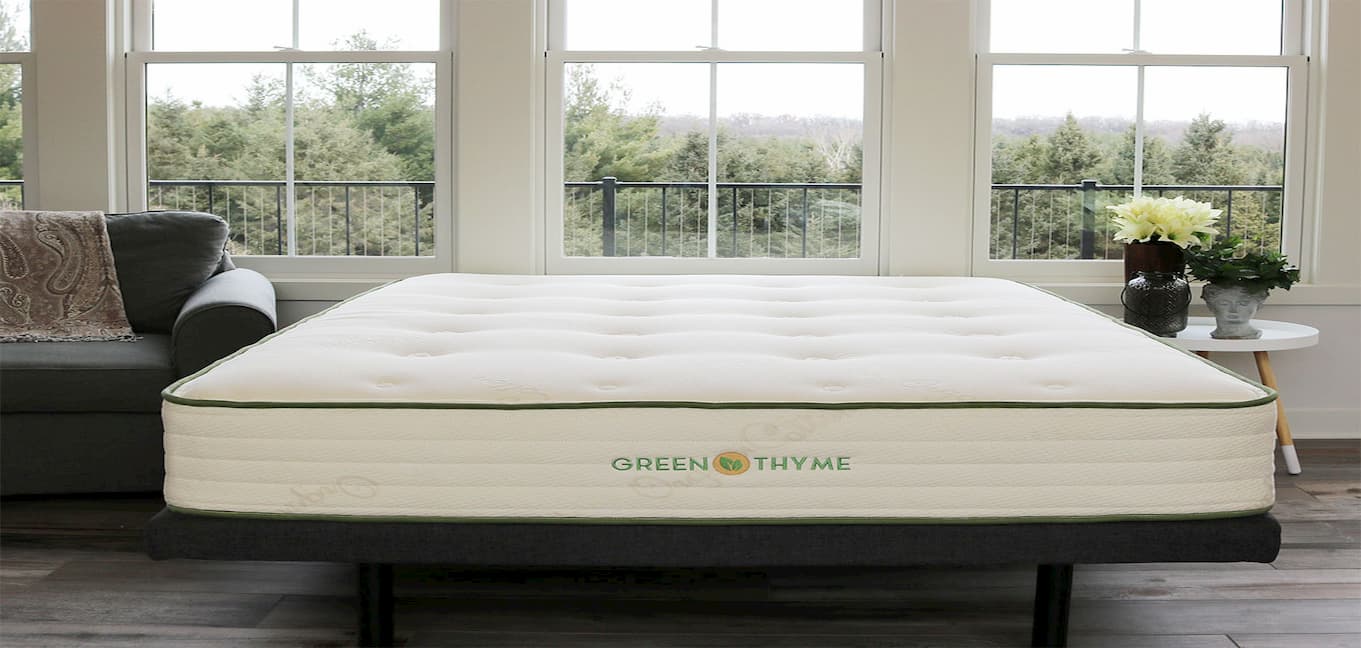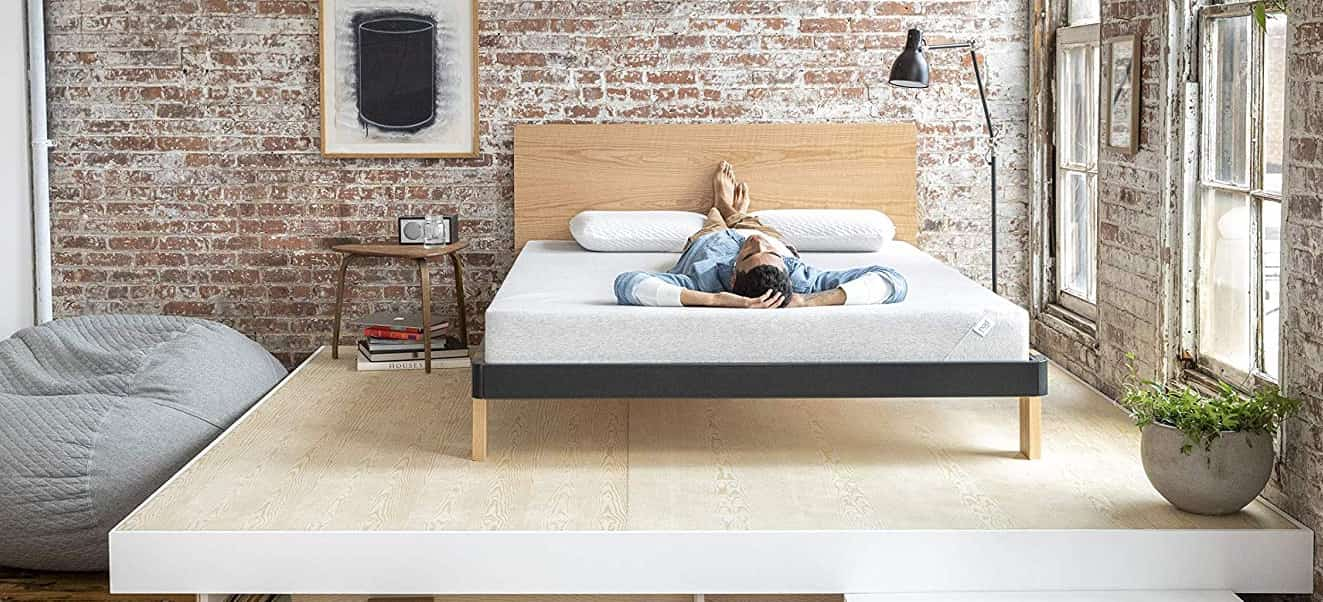After those first, adorable years of sleeping in a crib, your toddler is finely big enough to warrant a bed of his or her own. For many parents, this is a celebratory moment in the life of your child. At the same time, many people probably think that the best bed for their toddler is the one that costs the least. After all, with toddlers seemingly doubling in size overnight, most toddlers won´t spend too many years in their first bed.
Other parents, on the other hand, might consider purchasing a full-size bed for their toddler, thinking that they will eventually “grow into it.” While this certainly might be true, toddler years are also famous for bed wetting, spilling cups of juice, and utilizing the bed as a trampoline. A $2,000 purchase on a full-size mattress might not be a good idea for your toddler as he or she could ruin it before they ever reach the age (and size) where they can grow into it. Also, many full sized beds and mattresses are also designed to be several feet of the ground. While this can be certainly make it easier for adults and the elderly to get in and out of bed, the height of a full-sized bed does present a danger to toddlers who toss and turn and could potentially fall out of bed.
For these reasons, investing in a toddler bed is usually necessary. The size and height of toddler beds are specifically designed to help young kids transition out of the crib and into the independence of their own bed. In many cases, toddler beds can also be designed with certain themes, cartoon characters, and other elements that make sleeping in their own bed an exciting adventure. Instead of simply purchasing the most inexpensive toddler bed you can find at your bed and mattress store, below we offer a complete buying guide to help you choose the best toddler bed for your growing child.
What Exactly Determines a Toddler Bed?
A toddler is widely considered to be any child who is between the age of 12 and 36 months. This age corresponds with the moment when a baby begins to break the intimate bond it has formed with its mother and learns to discover his or her own independence. In many cases, the toddler years is when breast feeding ends and young children also begin to form their own personalities and character trait. Many child psychologists believe that the toddler years are an extremely important time of cognitive, emotional and social development.
Finding the best mattress for toddler beds can actually assist in your child development. For example, as a child learns to develop his or her own emotional maturity and independence, a comfortable and comforting toddler bed can help them along that path. Furthermore, transitioning away from a crib mattress to a toddler mattress can also encourage the child to see himself or herself as more independent person.
At the upper limit of “toddler-hood”, most 3 year old kids are between 35 and 40 inches in height and weigh between 25 and 38 pounds. The ideal toddler mattress size is related to these heights and weight. Most mattresses designed specifically for toddlers will be between 50 and 60 inches long and between 36 and 40 inches wide. Like regular sized mattresses, a toddler bed with a mattress can come in several different types of materials, including Memory Foam and innerspring mattresses.
Importance of Investing in a Healthy and Comfortable Toddler Mattress
Healthy sleep is an integral part of healthy child growth. While newborn babies might sleep up to 18 hours per day, toddlers generally should get between 11 and 14 hours of sleep each day, divided between nights and one or two naps per day. Many toddlers, then, will spend more than half of their day sleeping on a mattress, which is why it is so important to find the best mattress option for your child.
Cheaply built, uncomfortable mattresses can negatively affect the sleep patterns of your toddler. Furthermore, improper mattresses can lead to unhealthy and unnatural sleep positions that could lead to long term back and orthopedic issues. Between 3 and 5 percent of all children develop spinal scoliosis, which is the curvature of the spine, usually in the lower lumbar region. While they are many causes of this orthopedic condition, uncomfortable mattresses that lead to unideal sleeping conditions can also play a role.
Toddlers are also at a risk for developing allergies and other respiratory problems that can result from the type of mattress that you choose for them. While certain types of synthetic foams might offer more comfort, they are also known to off-gas potentially toxic volatile organic compounds (VOCs) which can pose a risk for your toddler´s health. Opting for a non-toxic toddler mattress can help to maintain a healthy indoor air quality and limit the possibility of your child developing asthma or other respiratory conditions.
Lastly, the best toddler mattress and bed should also protect your toddler from developing respiratory allergies. According to one recent study, “there were 8.6 million children, or 11.5 percent of the children in the population, reported to have had respiratory allergies in a 12-month period in 2010.” The early years of childhood are times of exploring and adventure, and your toddler will most likely bring all different sorts of germs and elements into his or her bed after a day of playing outside and discovering the world. Hypoallergenic toddler mattresses can play an extremely important role in helping to avoid the buildup of allergens that could negatively affect the respiratory system of your child.
Features to Look for in the Best Toddler Bed Including Mattress
A toddler bed with mattress should include several important features that offer comfort, safety, and health-enhancing qualities. Below, we detail five of the most important features that every toddler bed should include.
- Bed Rails: Toddlers falling off their beds might seem like a relatively benign accident, and most of these falls relate in only minor bumps and bruises. However, the fright associated with falling out of bed can lead many toddlers to fearing their bed and wanting to spend more time sleeping in the crib or with their parents. This can be avoided by simply opting for a toddler bed rail that comes with a toddler bed frame. These rails are essentially important for young children who toss and turn a lot during sleep.
- Proper Mattress Size: A toddler bed rail is not going to be very effective if parents purchase a toddler bed with a mattress that is 18 inches thick. Most toddler mattresses should only be between 5 and 8 inches thick. Every inch of extra height reduces the effectiveness of bed rails guarding against falls. Furthermore, relatively thin mattresses are also easier to clean and dry out in the event of accidents and spills.
- Organic, Hypoallergenic Materials: Ideally, parents should also opt for toddler mattresses that are made from organic materials. It is possible to find toddler mattresses made from 100 percent organic cotton or organic wool. Natural latex options can also be used as an alternative to the toxic petrochemicals found in traditional Memory Foam mattresses. Natural, organic materials can assure parents that their children will not be exposed to toxic chemicals while sleeping and hypoallergenic properties can help to prevent the onset of asthma and other allergies.
- Waterproof Properties: Due to frequent accidents and spills, the best toddler mattresses should also include some sort of waterproof or water resistant qualities.While you could purchase a separate toddler mattress waterproof cover, it is important that this cover does not make a lot of noise when your child tosses and turns. Not only can these covers wake your child when he or she is moving, but they can also be extremely hot and disrupt your child´s sleep. Opting for a toddler mattress pad that is waterproof is a good strategy as these pads can be designed to be silent, lightweight, and comfortable, while still encouraging airflow. Such a mattress topper for toddler beds can go a long way in helping to ensure that your toddler mattress endures for several years.
- Most Adequate Mattress Material: Lastly, parents will want to choose a toddler bed which is made from the material that is best for the individual sleeping patterns of their children and the specific context of how they will have to sleep. For example, if a toddler must share a mattress with another member of the family, a Memory Foam option can offer motion isolation properties. Innerspring toddler mattresses do sleep cooler, but might be a bit too firm for some kids. Natural latex mattresses are virtually sound-free, though some children might suffer from potential allergies with this option.
The best toddler mattress for your growing child will ultimately depend on several different aspects along with the individual sleeping preferences of your child. With a high quality, comfortable toddler mattress, your growing child will be well-poised for to grow into a healthy and independent adult.





